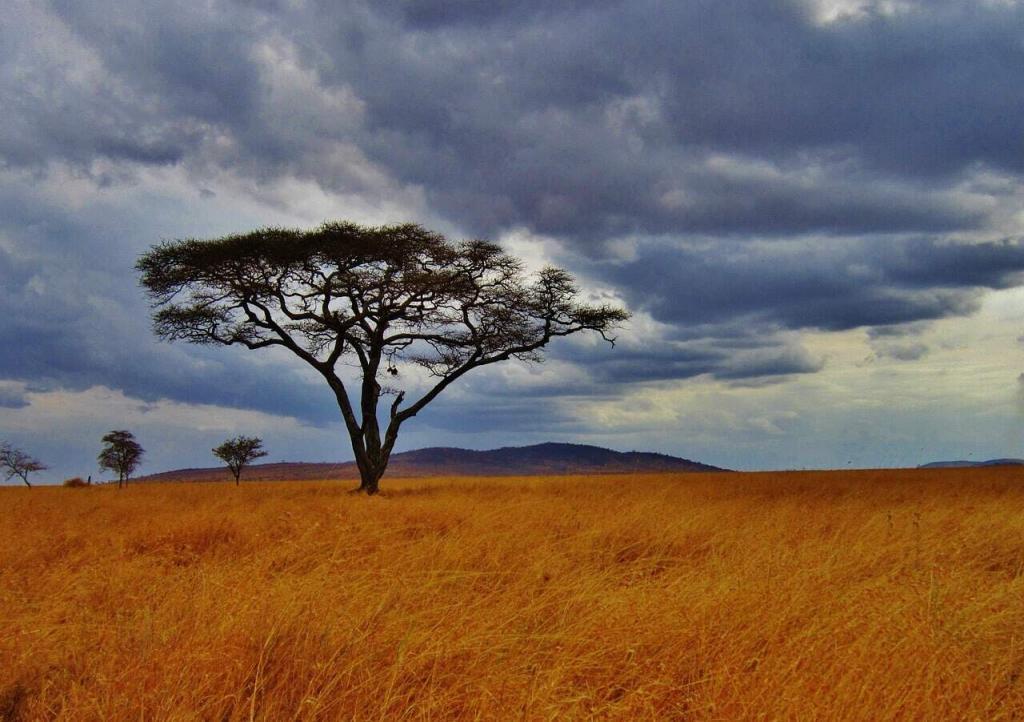
What Is The Best Month To Safari In Tanzania?
The best month to go on a safari in Tanzania depends on various factors such as weather, wildlife migration routines, and personal preferences.
Here are some pointers to consider when choosing the ideal month for your safari:
Great Migration
If witnessing the Great Migration is high on your priority list, the finest time to visit Tanzania is between July and October. During this period, thousands of wildebeest and different animals migrate from the Serengeti to the Masai Mara in Kenya, crossing the Mara River. This natural spectacle offers incredible wildlife viewing prospects and dramatic river crossings.
Dry Season
The dry season, which generally runs from June-October, is considered a prime time for safaris. The climate is typically dry, and vegetation is sparse, making it manageable to see wildlife as they congregate near water. With less vegetation, animals are also more visible, and the risk of malaria is lower. However, it’s worth noting that the dry season is the peak tourist season, and popular parks can get crowded.
Calving Season
If you’re particularly interested in witnessing the calving season of wildebeest, the best time to visit is from January to March. During this period, the herds gather in the southern Serengeti to give birth to their young. It’s an awe-inspiring spectacle as thousands of newborn calves join the herds, attracting predators like lions and cheetahs.
Birdwatching
Tanzania is a paradise for bird enthusiasts, and the best time for birdwatching safaris is during the wet season, which occurs from November to May. Many migratory bird species arrive in Tanzania during this period, and bird activity is at its peak. The landscapes are lush and vibrant, providing beautiful backdrops for photography.
Low Season
The low season, also known as the green season or shoulder season, occurs during the wet season from April to May and November. Although it’s the offseason with occasional rains, there are several advantages to visiting during this time. The parks are less crowded, accommodations offer discounted rates, and the landscapes are lush and teeming with newborn animals.
Climbing Mount Kilimanjaro
If you plan to combine your safari with a climb up Mount Kilimanjaro, the best months are typically January to March and June to October. These periods offer the clearest views, drier conditions, and more stable weather.
Coastal Areas and Zanzibar
If you wish to extend your trip to Tanzania’s beautiful coastal areas or the island of Zanzibar, the best time to visit is during the dry season from June to October. The beaches are ideal for relaxation, snorkelling, and diving, with clear waters and sunny days.
It’s essential to register that Tanzania’s climate can vary across different regions. The northern parks, such as the Serengeti and Ngorongoro Crater, generally follow the patterns mentioned above. However, in southern parks like Selous and Ruaha, the wet and dry seasons might differ slightly.
Ultimately, the best time to safari in Tanzania depends on your specific interests, the wildlife experiences you seek, and your tolerance for crowds and weather conditions. Consulting with a reputable tour operator can provide valuable insights and help tailor your safari experience to your preferences.

